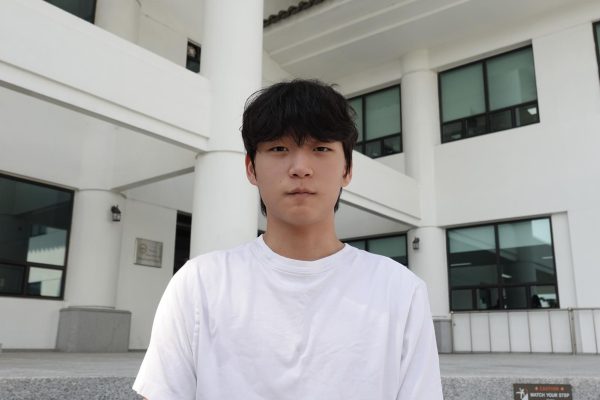Roam the hallways of SIS, and you will likely encounter a group of students having a conversation, whether it be about the US History summative they have the next period, “spilling the tea,” or simply talking about the day-to-day happenings that define our student lives at SIS. However, there is a prevalent aspect in much of the small talk at SIS: speaking in Korean.
On the surface, one might question if this pattern at SIS is even an issue. After all, given that an overwhelming percentage of our student body consists of native Koreans, it is no surprise that most students are more comfortable speaking in Korean.
However, there is more at stake than simply the comfort of SIS students. Language is not only a tool for communication, but it is an instrument that can either reinforce or deprive a sense of belonging in a social setting. The ubiquitous use of Korean imposes language barriers for non-Korean students and teachers in our community. Brandon Choi, class of 2024 graduate, says this creates an environment that “ostracizes non-Korean students” and “inadequately prepares our students for the diverse atmosphere they will encounter after graduating.”
SIS must strive every day to successfully integrate this multicultural group into the community not only to maintain its “international” ethos but to create an inclusive learning environment.
“[For new students and faculty,] I think it can be really intimidating,” Lindsey Hagen, elementary and middle school assistant principal, said. “Some students have been here for 13 years or so already and have known each other for that long. If they have that tight-knit bond on top of speaking a language that you don’t understand, it can be really hard to make connections with people.”
Reliance on Korean for informal conversations also limits opportunities for students to improve their English skills and become more global students, which is one of the main objectives of SIS. This hinders SIS from sufficiently preparing students for the real taste of internationality in university and beyond, where one’s English proficiency will not only be essential for academic success but also for effective networking.
The solution to this issue is challenging to implement but rather straightforward: the students should take the initiative to speak more English in the hallways—not the administration nor the faculty. If students make small and conscious efforts each day to keep conversations held in English, we can be more thoughtful towards the non-Korean members of SIS, advancing one step further to a more socially and racially tolerant community.
“As teachers, we’re with you for probably 75 percent of your day, but there’s that 25 percent where most of your socialization is happening,” Ms. Hagen said. “Times like lunch and activity period is when Korean is spoken the most and the kids are making the most choices for what they wanna do and who they want to play with. So [the initiative] has to come from the kids, and I think that’s so much more meaningful than the teachers saying ‘we have to speak English at school.’”
By collectively taking action, SIS can maintain integrity in the TIGERS values of fostering “global citizens.” Our school can take a closer step towards cohesion, using language as a bridge to mend our differences.


